
A potato starch and dirt soup at Ne Quittez Pas.
Ne Quittez Pas, a fashionable French restaurant in Tokyo, has rolled out a controversial new menu that centers around an unlikely ingredient—dirt. Read more at Rocketnews24.

Architecture, Art, Design, and Culture using of mud, clay, soil, dirt & dust.

A potato starch and dirt soup at Ne Quittez Pas.
Ne Quittez Pas, a fashionable French restaurant in Tokyo, has rolled out a controversial new menu that centers around an unlikely ingredient—dirt. Read more at Rocketnews24.

The Drachman Design Build Coalition, a non-profit organization at the University of Arizona’s College of Architecture + Landscape Architecture led by professor and Associate Dean, Mary Hardin, received grants from both the City of Tucson and Pima County in 2007 to fund the study, design and construction of affordable, sustainable homes for low-income families in south Tucson’s Barrio San Antonio. More at Archinect…
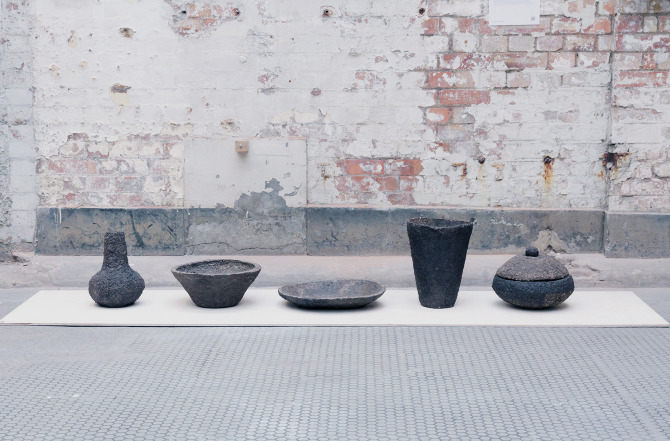
These food storage jars were made of radioactive earth from the Fukushima Daiichi nuclear disaster area in Japan. They were designed by Royal College of Art graduate student Hilda Hellström who contacted the last person still living inside the evacuation zone, Naoto Matsumura, and collected soil from his rice fields that can’t be farmed due to contamination.
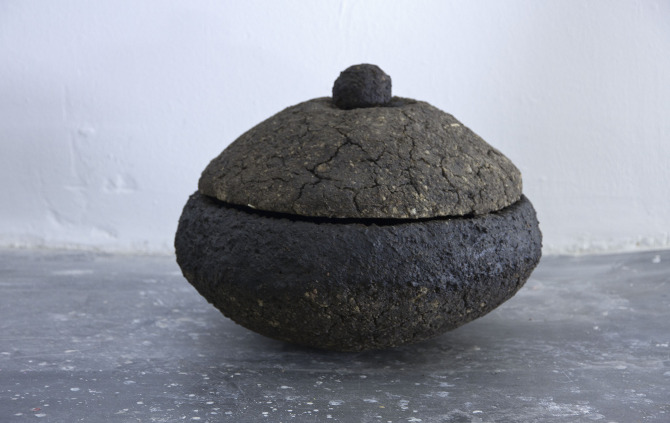
[ More at Dezeen ]
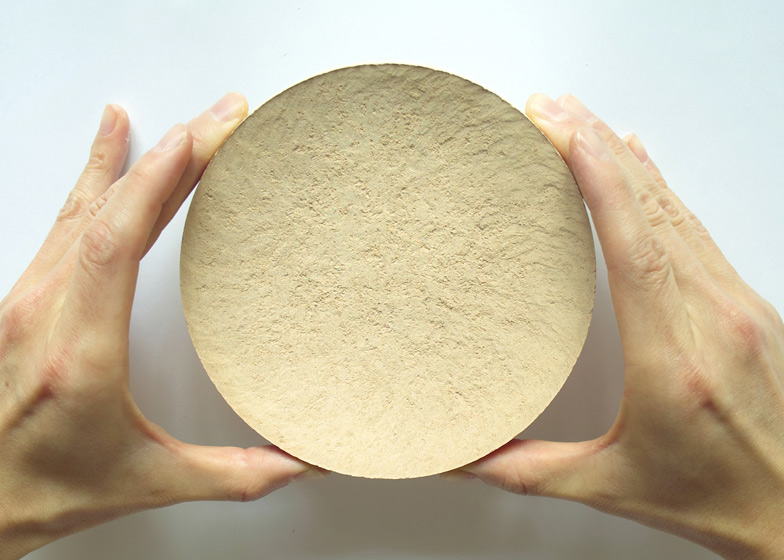
The Rammed Earthenware collection by the Japanese design collective, Bril, is made from a combination of soil in various colours, sand, lime and water. The mixture is poured into a mould and rammed with three wooden sticks, each with a different shaped tip, until it becomes hard.
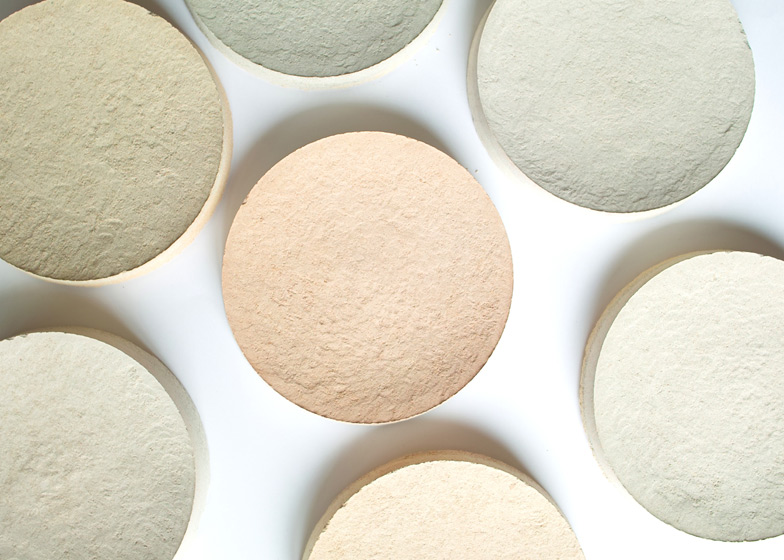
Rammed Earthenware by Bril from Dezeen on Vimeo.
[ More at Dezeen ]
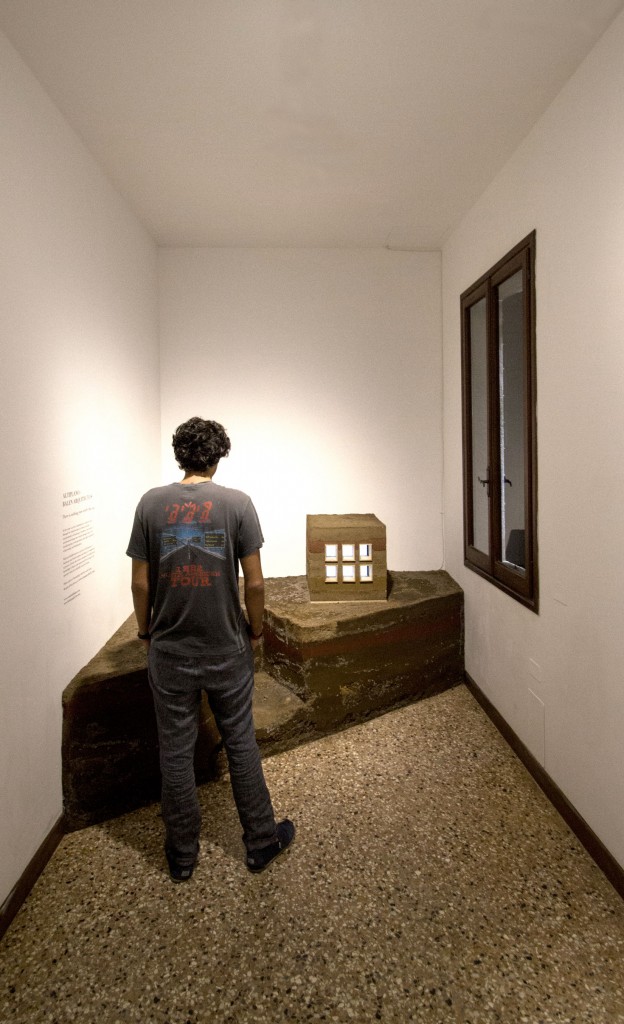
There is nothing new under the sun is an installation comprised of rammed earth and created for the 2012 Venice Biennial. The installation was done within the collateral event, “Traces of Century and Future Steps”, organised and curated by artist Rene Rietmeyer (head of the Global Art Affairs Foundation) and hosted at the Palazzo Bembo just next to the Rialto bridge. The architects Estudio Altiplano, from Bogota, Colombia, were given a space at the fourth floor of a 15th century palace to install the work—a performance piece that consisted of hoisting 3.5 tons of earth into the small chamber then compacting it into a solid rammed earth object. The work engaged many participants, simultaneously a demonstration in the process of fabricating allowing a discussion to emerge about topics of tradition, contemporaneity, territory and the built environment.
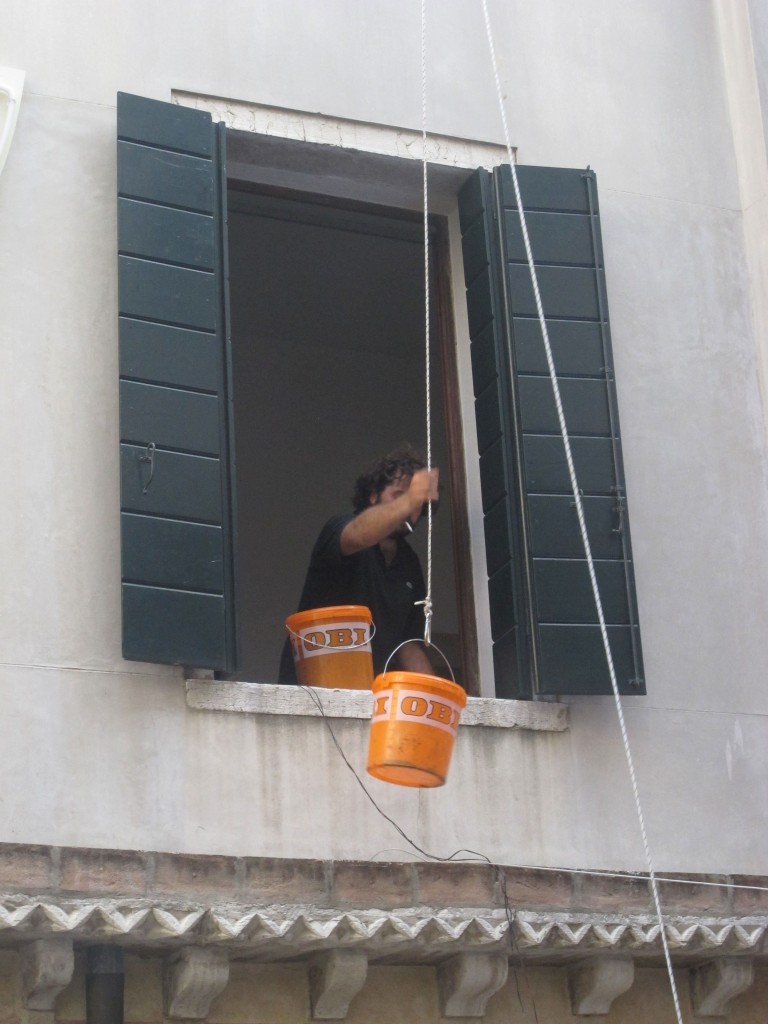
The installation formally suggests to the observer how architecture depends on matter in the form of territory, energy and resources. Earth was used to demonstrate how earth is a basic building material used all over the world and that traditional building techinques necessarily depend on oral tradition or transformation of knowledge to evolve and survive. Additionally, the use of earth demonstrated the plastic notion that conjures the act of subtracting compacted earth from the ground to mold it into new shapes without interfering in its material capacities. A continued discussion surrounding the project continues at http://www.rammedweb.com/
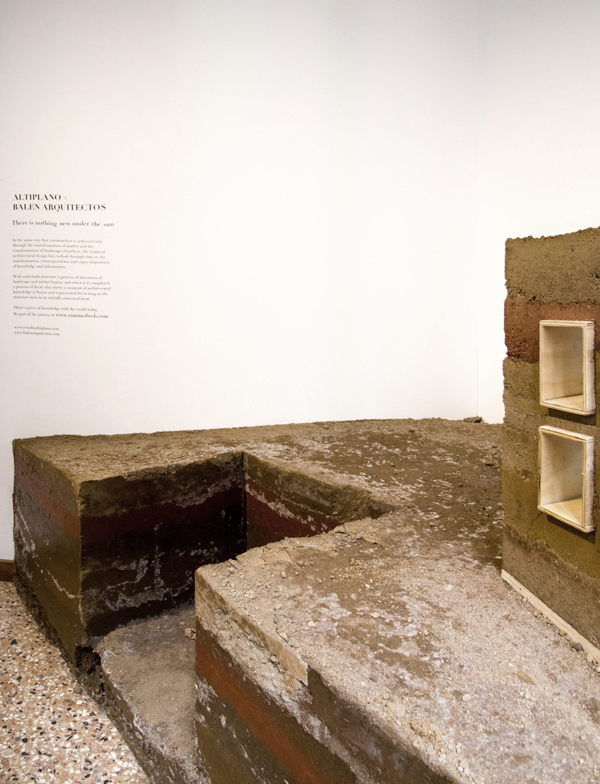
“The world’s most primitive building material – earth – is being used to create some of our most advanced homes”, as noted in this article by the Financial Times.
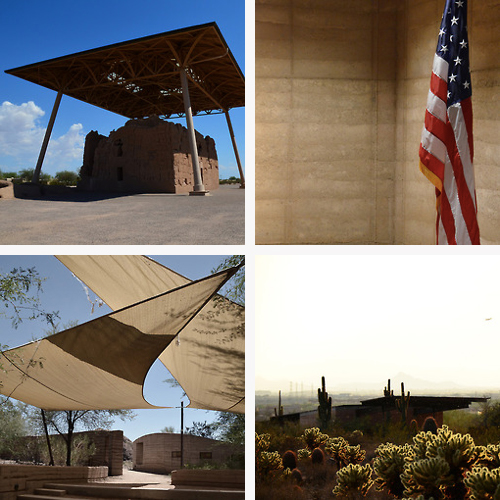
Desert Dream is a website by architect and recent CRAterre graduate, Hugo Gasnier, a recipient of The Delano and Aldrich/Emerson Fellowship, documenting his journey across the expansive desert regions of the United States to study contemporary earthen architecture.
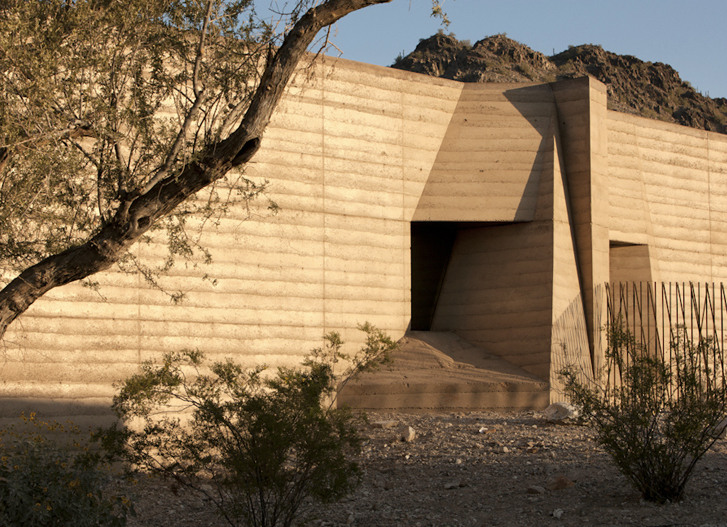
The Lacey Residence, by Jones Studio, is a 4,000 sq ft private residence located in Paradise Valley, AZ.
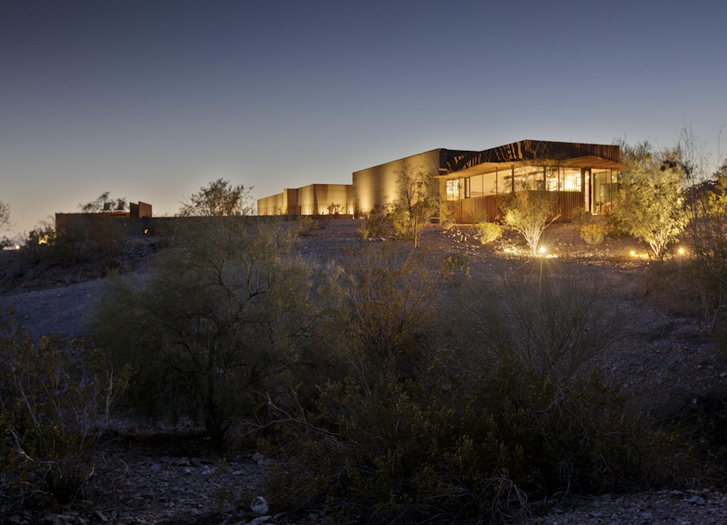
The site slopes in three directions; it is a desert knoll. Linear forms, assuming they are long enough, will inherently emphasize the shape of the landscape by contrasting a level parapet with the sloping topography.
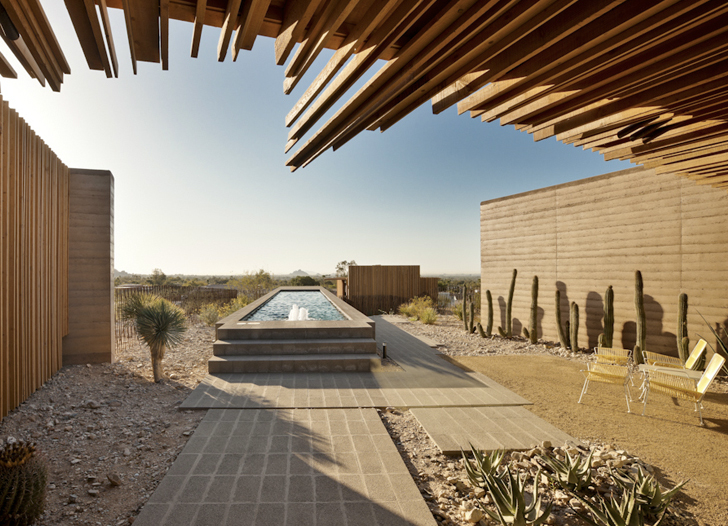
Fortunately the program included a lap pool. This linear permission slip completed the third topographic axis, and finds directional purpose in its alignment with the 6 million year old Papago Peak three miles away; and the centerline of the main entry door!
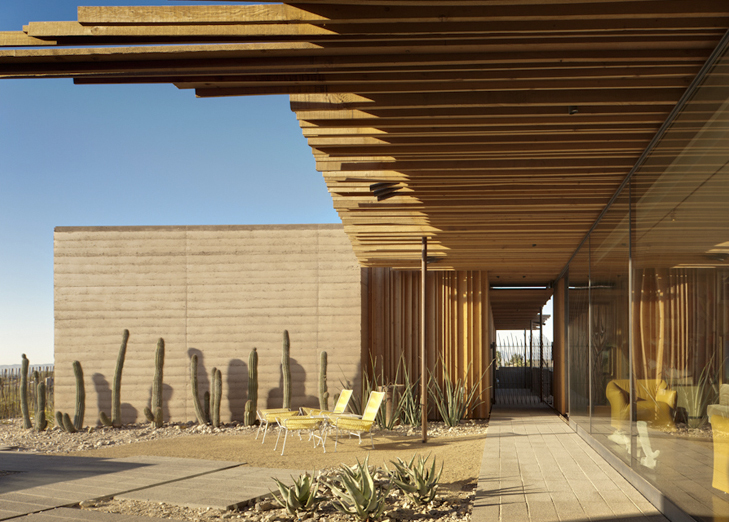
According to the architects, there is a beautiful honesty in relinquishing architecture to the uncompromising reality of nature. If the intentions are sincere the architecture will only get better.
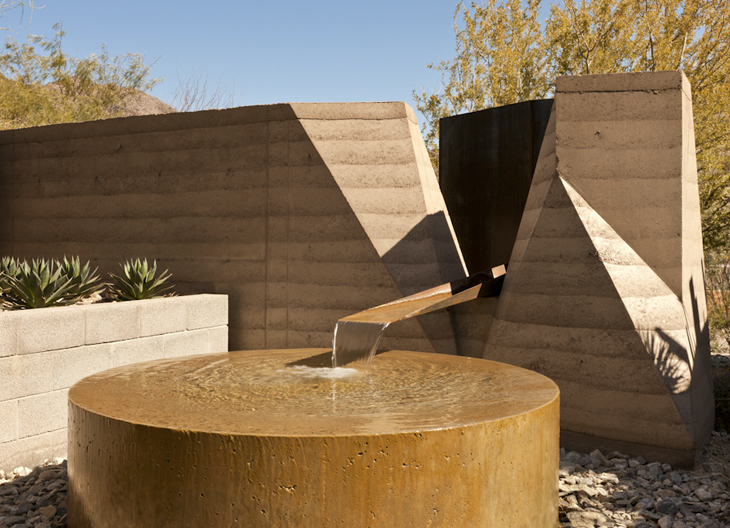
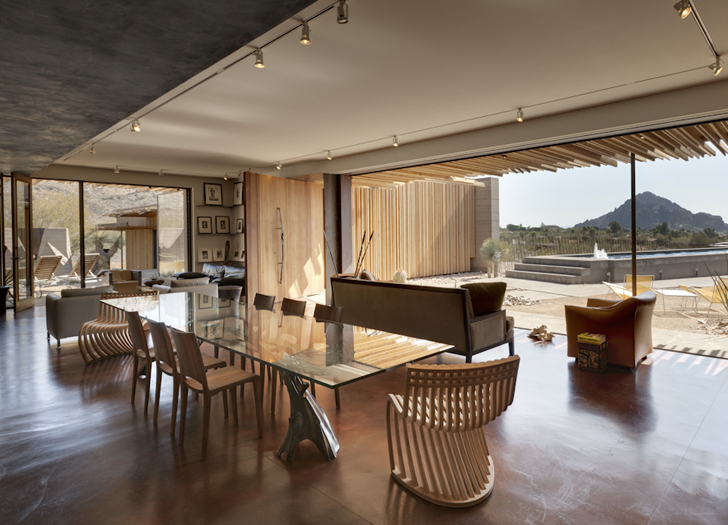

HOUS.E+by Shanghai architects Polifactory have developed a concept for a rammed earth house that generates energy from a lake on its roof.
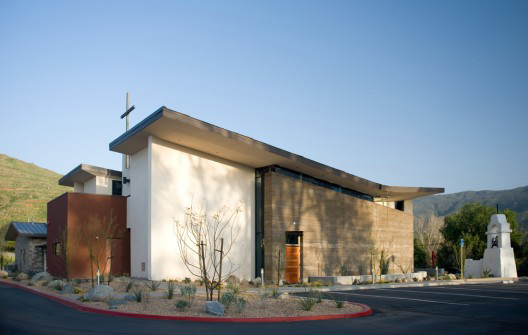
Saint Bartholomew’s Chapel, by Kevin deFreitas Architects, is located in the picturesque back country of northern San Diego County at the base of Mt. Palomar alongside the San Luis Rey River. A very small and intimate historic chapel was destroyed by wild fires that ravaged the reservation in late 2007 and only the original adobe bell tower survived, which became the anchor element in the redesign planning of the new church. The needs of the current congregation and community had changed quite a bit in the past 100 years. Though the fire destroyed a building that hosted many, many important events and celebrations, it also presented a “blank slate” opportunity to update the facility, primarily by doubling the seating capacity.